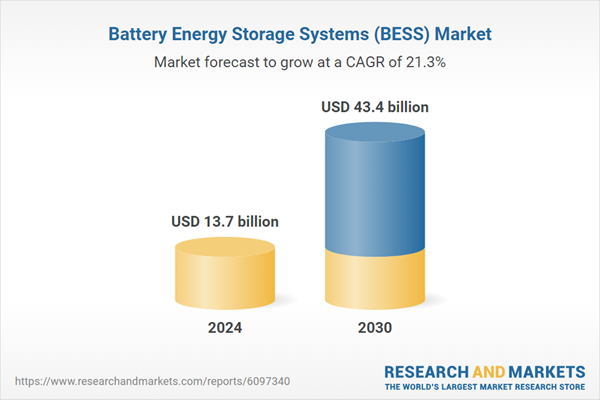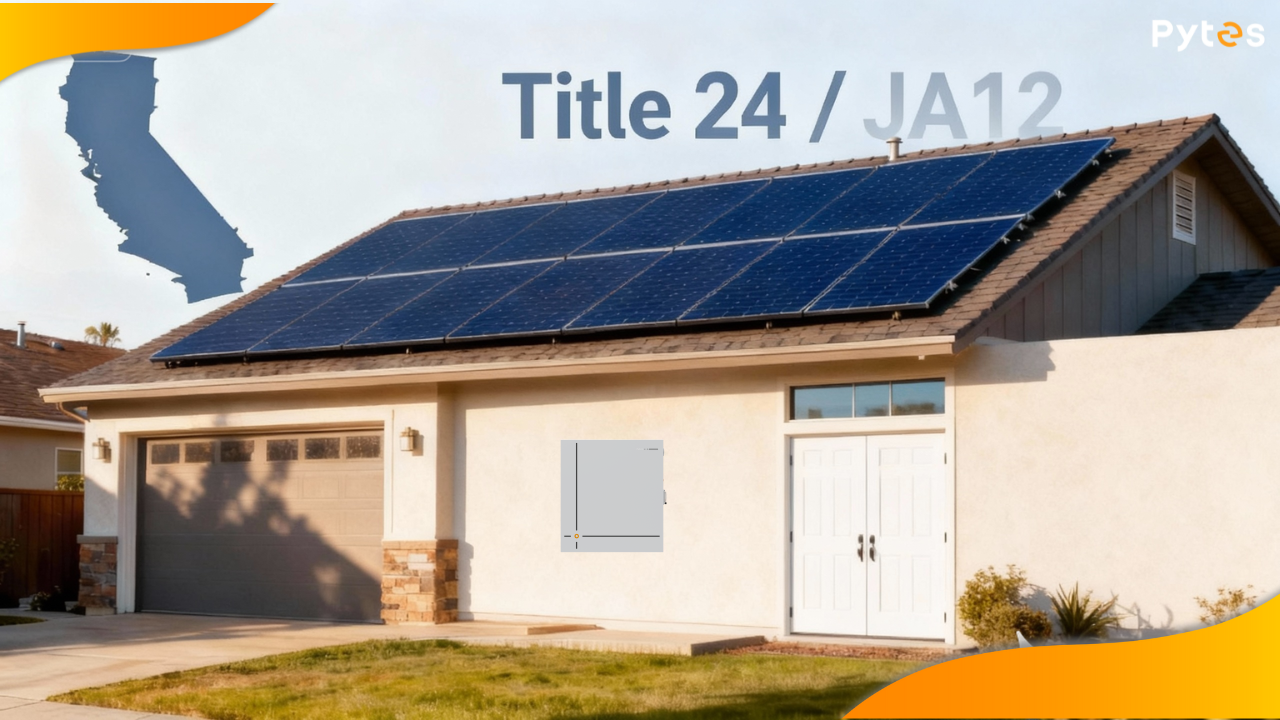1.Why we should care about energy storage
From the "Energy Storage Grand Challenge" issued by the US Department of Energy, the "Climate Neutral European Hydrogen Energy Strategy" issued by the European Union, to the "14th Five-Year Plan for New Energy Storage Development Implementation Plan" issued by China in February this year, governments all over the world have given huge policy support to the energy storage industry. The direction of the policy is the direction of technological development, capital influx, and talent inflow. It also indicates that the energy storage industry is developing rapidly with the support of various resources.
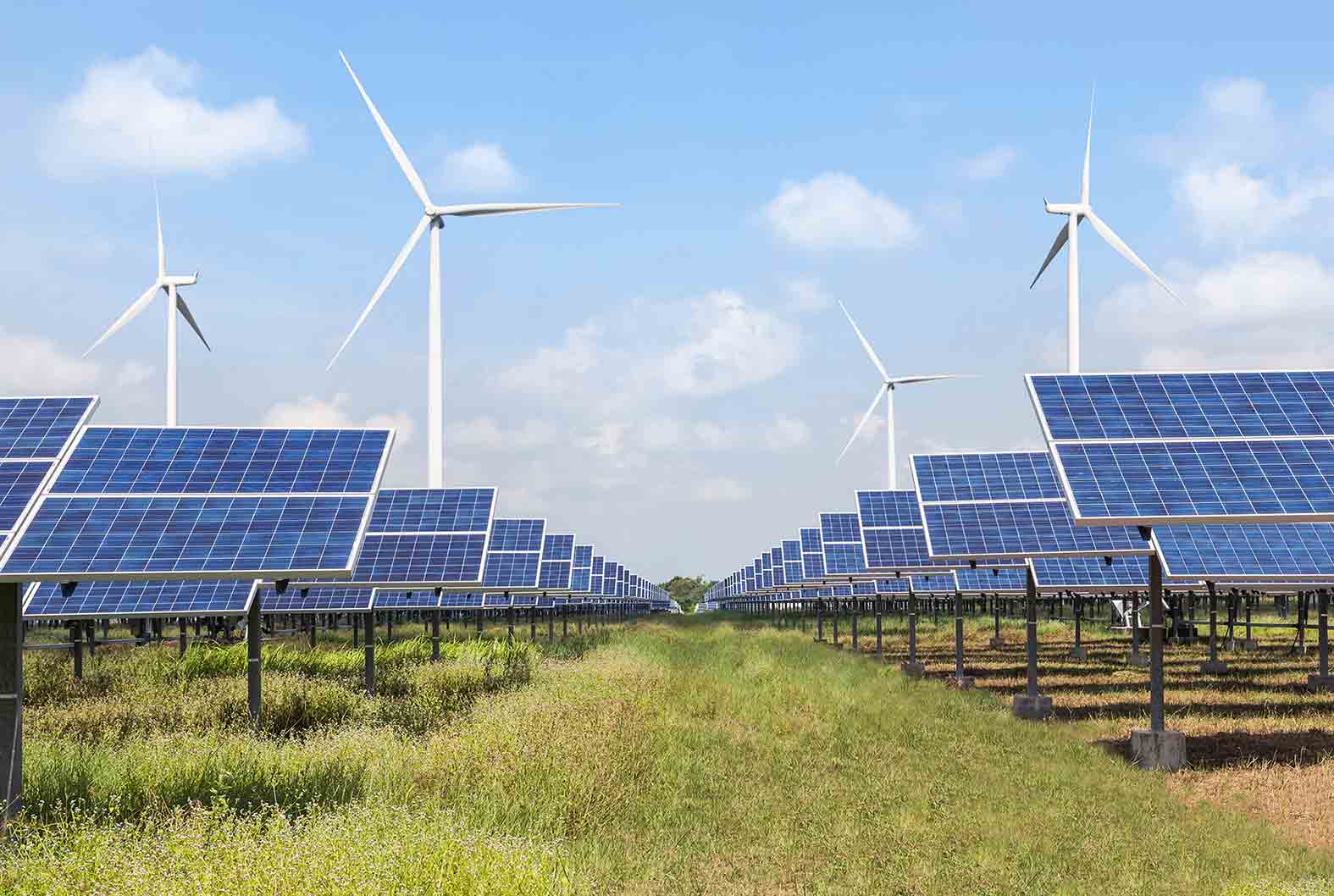
In fact, energy storage is not far away from us. On the roof, in the car charging pile, there is energy storage everywhere. The most representative is residential energy storage, which emerges as the times require, and producers meet the needs of households by providing energy storage solutions. If the Internet has changed our way of life, then new energy and Renewable energy storage will jointly change our living environment.
The decarbonisation of the power sector is an unstoppable trend, as evidenced by the Paris Climate Agreement and actions taken by many countries. While energy efficiency and renewable energy are the backbone of most decarbonization strategies, energy storage is a game-changer for the power industry and nearly all of its stakeholders. Its falling costs, especially lithium-ion batteries, have made them a commercially viable solution for large-scale renewable energy integration, which in turn has made lithium ion battery storage popular.
Renewable energy storage, whether using wind energy or solar energy, will be affected by the weather. When there is excess wind and light, it will be converted into electrical energy and stored to ensure the stable and normal operation of the power grid system. Therefore, as long as new energy is developed, energy storage must be available.
2. What is energy storage and energy storage system
Energy storage refers to the process of storing energy through a medium or device and releasing it when needed. According to the different forms, it can be divided into thermal energy storage, electric energy storage and hydrogen energy storage. At present, electric energy storage is the most widely used energy storage form at this stage. Electric energy storage can be divided into mechanical energy storage and electrochemical energy storage. The development of mechanical energy storage started early and has a large scale of application. It is a relatively traditional energy storage technology. As a new type of energy storage technology, electrochemical energy storage is mainly known as battery energy storage, including lithium ion battery storage, sodium-sulfur battery energy storage, lead battery energy storage, etc.
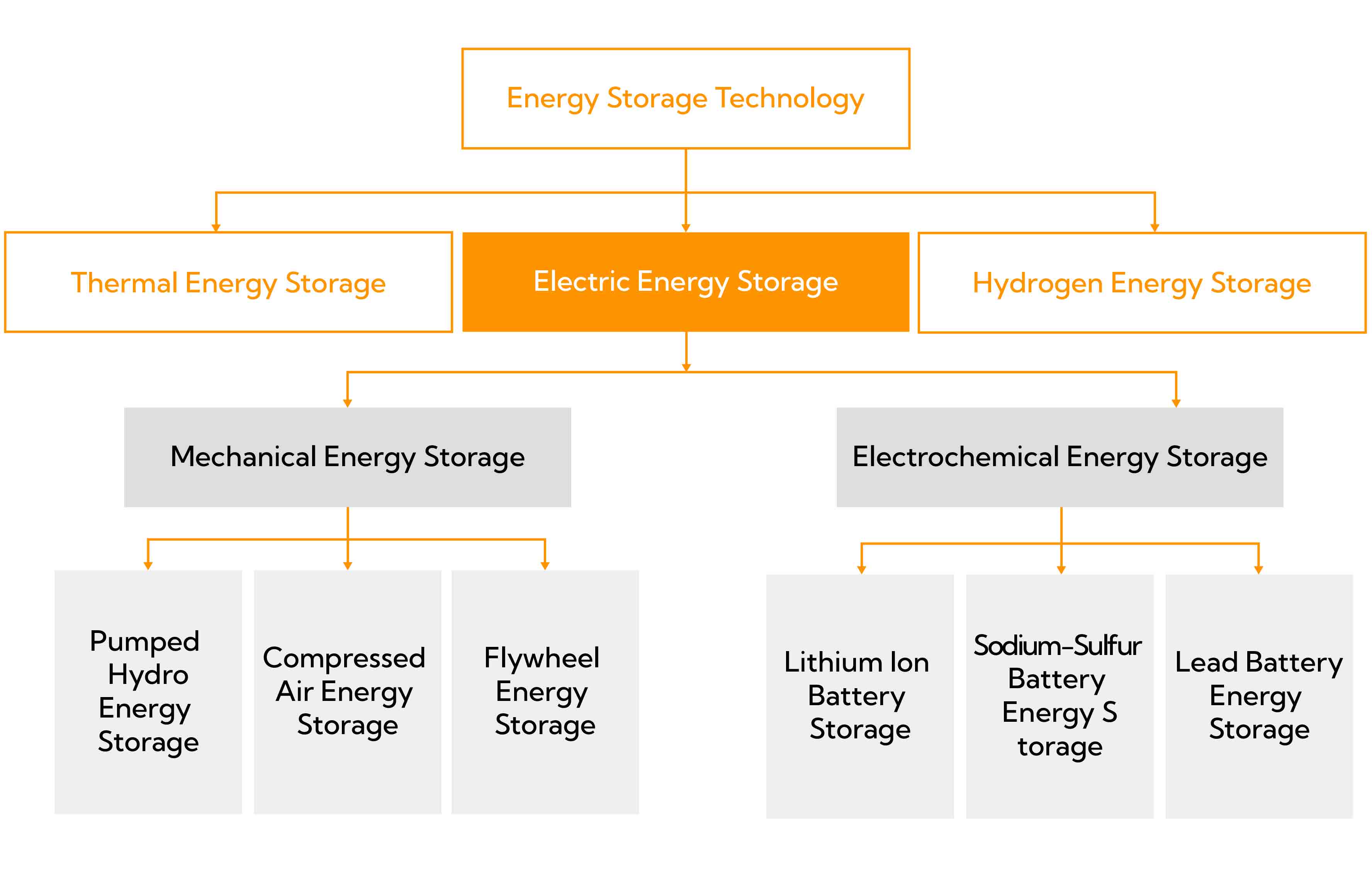
Energy Storage System (ESS) is a system that can store electrical energy and supply power, with functions such as smooth transition, peak shaving and valley filling, frequency regulation and voltage regulation. The application of energy storage system covers renewable energy storage such as solar and wind power generation and storage, industrial enterprise energy storage, commercial building and data center energy storage, residential energy storage, etc.
3. Advantages of Battery Energy Storage
The battery energy storage system has high energy utilization efficiency and fast response speed. And it is more flexible to use, has a variety of applications, and can customize different energy storage solutions. This also shows that the battery energy storage is widely used in emergency situations. For example, residential energy storage can help connect to the power grid and improve power quality, while helping to regulate voltage and frequency.
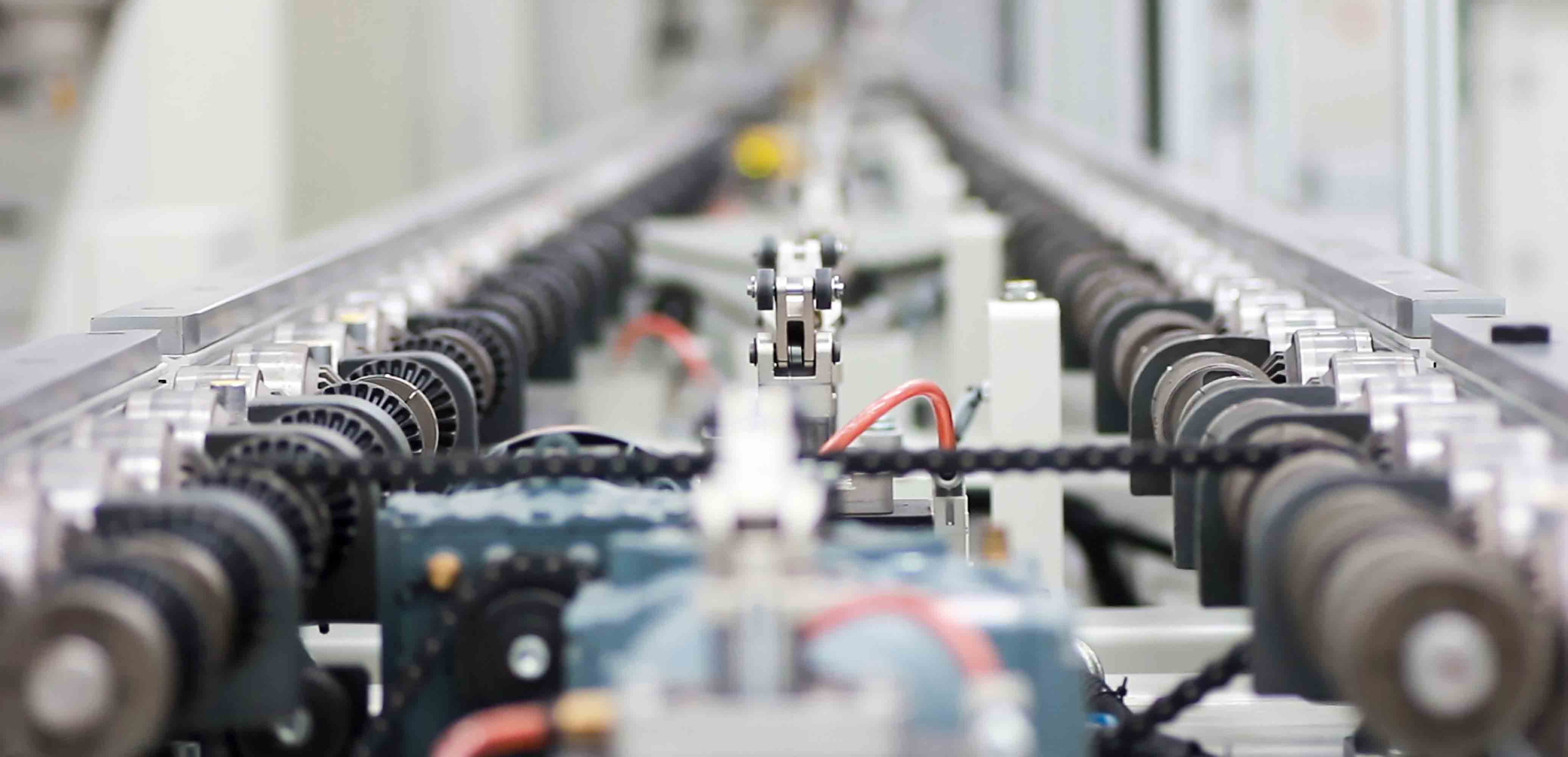
The battery energy storage system makes energy regeneration a possibility, and also provides a new idea for the future development of energy ecology. In this regard, how to classify and integrate different types of battery energy storage units with different lifespans, and perform differential charging and discharging, optimize battery management, and establish good renewable energy storage is also what we need to pay attention to.
In terms of environmental protection, lithium ion battery storage uses a wide range of raw materials, is environmentally friendly, and is a sustainable renewable energy storage. For electrochemical performance, its battery capacity, energy density, and cycle life are far better than lead-acid batteries.
4. How to choose the suitable energy storage battery
In recent years, the market demand for battery energy storage has been expanding, and the shipment and proportion of lithium battery companies in the field of energy storage are rising rapidly. We all want to have a good residential energy storage, so how to choose a suitable energy storage battery?

First, the choice of batteries. The quality of the battery cell determines the quality of the energy storage lithium battery to a large extent, so when choosing an energy storage battery, don't be greedy for cheap, you must look for brand batteries, and at the same time be based on energy storage solutions.
Second, the choice of protection board. The lithium battery protection board is the brain of the lithium ion battery storage. Whether it can ensure the safety of the battery, the protection board plays a vital role. Therefore, when choosing an energy storage battery, be sure to choose a protection board with better performance and equipment and better reliability.
Third, the production process. Rigorous production process, together with high-quality cells and high-reliability protection boards, can truly ensure the safety and reliability of energy storage battery packs.
Fourth, match the charger. For good lithium ion battery storage, the charger should also be used with a charger that matches the battery. Unsuitable chargers can easily lead to unsatisfactory charging or overcharging, and even cause damage to the energy storage lithium battery pack and cause unnecessary after-sales problems.
5. The main application scenarios of battery energy storage
From the perspective of the entire power system, the application scenarios of battery energy storage can be divided into three scenarios: energy storage on the generation side, energy storage on the transmission and distribution side, and energy storage on the user side. Different scenarios require different energy storage solutions.
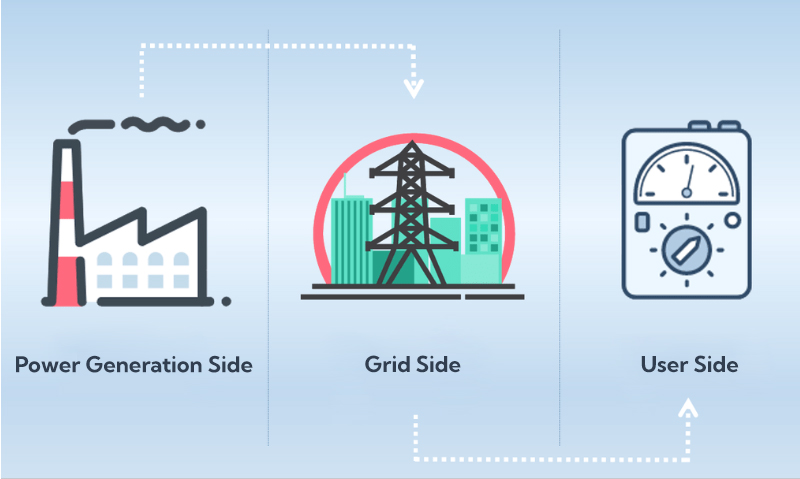
Power generation side energy storage
There are many types of demand scenarios for energy storage on the power generation side, including six types of scenarios, including energy time shift, capacity units, load tracking, system frequency regulation, reserve capacity, and grid-connected renewable energy storage.
Grid side energy storage
The application of lithium ion battery storage on the grid side is mainly to relieve transmission and distribution congestion, delay the expansion of transmission and distribution equipment, and support reactive power. Compared with the application on the power generation side, there are fewer types of applications on the grid side, and more from the perspective of effect. is the substitution effect.
User side energy storage
The user side is the terminal of electricity use, and the user is the consumer and user of electricity. The cost and benefit of the power generation, transmission and distribution side are expressed in the form of electricity price, which is converted into the cost of the user. Therefore, the price of electricity will affect the demand of users.
Let's talk about the user side energy storage in detail, because it is the energy storage system that residents can experience best, mainly for end users. The user side energy storage is mainly residential energy storage. In the residential home, renewable energy storage such as solar energy is used to supply power to the family. And at the same time, the electricity is managed, and the excess electricity is stored and supplied to the grid. According to the specific situation of users, tailor-made exclusive energy storage solutions to meet the different needs of users. Its main function is to serve as a backup power source, increase PV self-consumption, reduce demand charge and reduce time-of-use bill management.
6. Top performers in battery energy storage
Whether you admit it or not, the old days dominated by conventional energy sources are beginning to end. A new era combining electric vehicles, new energy, and energy storage is beginning. Renewable energy storage will surely occupy a place in the market of the future.
Tesla is without a doubt the best of the bunch. In addition to reshaping the auto industry landscape by itself, Tesla is constantly pushing the boundaries of its business. Compared with the auto business, including custom energy storage solutions. Tesla's energy layout is mainly divided into two parts, the first is energy storage equipment, and the second is solar roof. The high electricity price in the United States makes the residential energy storage system of "household photovoltaic + energy storage" outstanding in terms of cost performance. By deploying rooftop photovoltaics to drive the installation of energy storage batteries, Powerwall has become the "electric vehicle-photovoltaic roof-storage wall". It is a key part of the energy strategy of the grid system. In terms of product design, Tesla's battery pack is composed of multiple battery packs connected in series, and each battery pack is composed of multiple lithium-ion batteries in parallel, that is, lithium ion battery storage.
As we all know, BYD is a new energy vehicle company from China, and new energy vehicles are its most dazzling business. In fact, it's not just cars, it's also worth mentioning in terms of energy storage. Since 2008, BYD has specialized in the research and development, production, sales and service of battery energy storage, and is committed to providing efficient and clean new energy solutions. Relying on advanced iron battery technology, it can meet the needs of energy storage, peak shaving and valley filling, and peak and frequency regulation. It provides clean energy storage solutions whose key features are safety, efficiency and stability. The China-based company started out as a battery maker and has expanded into a diverse range of alternative energy, electric vehicles and more. The energy storage system of BYD's leading product, Cube, is currently using BYD's ordinary lithium ion battery storage. Recently, the relevant person in charge of its energy storage department said that the company's new energy storage system products based on blade batteries will be launched in China next year. External synchronous listing, its performance and security will be greatly improved.
Panasonic, a Japanese electronics manufacturer that is also one of the world's largest manufacturers of energy storage products, is gaining momentum in the market. Panasonic's EverVolt residential energy storage system is divided into two types: AC coupling and DC coupling. Through its inverter, it can be easily coupled with another energy storage system. The total capacity achieved is significantly higher than the average daily consumption of American household users. power. In addition, when combined with electricity provided by residential solar power facilities, home users can obtain long-term power supply in the event of a power outage. The company recently said it is expanding the development of zinc-air battery technology, a new zinc-air flow battery (ZAFB) designed for large-scale renewable energy storage projects that is safer than lithium-ion devices. At the same time, the energy density of zinc-air batteries is very high, and the same size battery contains twice the energy of lithium ion battery storage.
Pytes, an energy company headquartered in Shanghai, China, formerly known as DLG, has been delivering innovative energy storage solutions around the world for decades. Its energy storage systems have been deployed in more than 40 countries and can be found in some of the most remote places on Earth. Pytes' systems are well known for their safety, reliability, competitive pricing and good services. Pytes' leading product is the E-BOX series, in which the 48100R battery is a high-performance renewable energy storage that is widely used in home applications, small commercial and industrial energy storage systems, and telecommunication stations. Pytes products are sold all over the world and are an excellent choice for many users when building energy storage systems.
7. Cases of residential energy storage solutions
Germany-based IVG Energy Solutions GmbH, which focuses on providing energy storage solutions for households, has been helping households achieve KfW40+ houses recently. IVG understands occupant needs, including location, house size and roof type, and electricity usage, and determines the direction of implementation. Due to the shortage of electricity in Europe, many households have begun to install home photovoltaic energy storage systems. This time is no exception, with IVG opting to install residential energy storage for households.
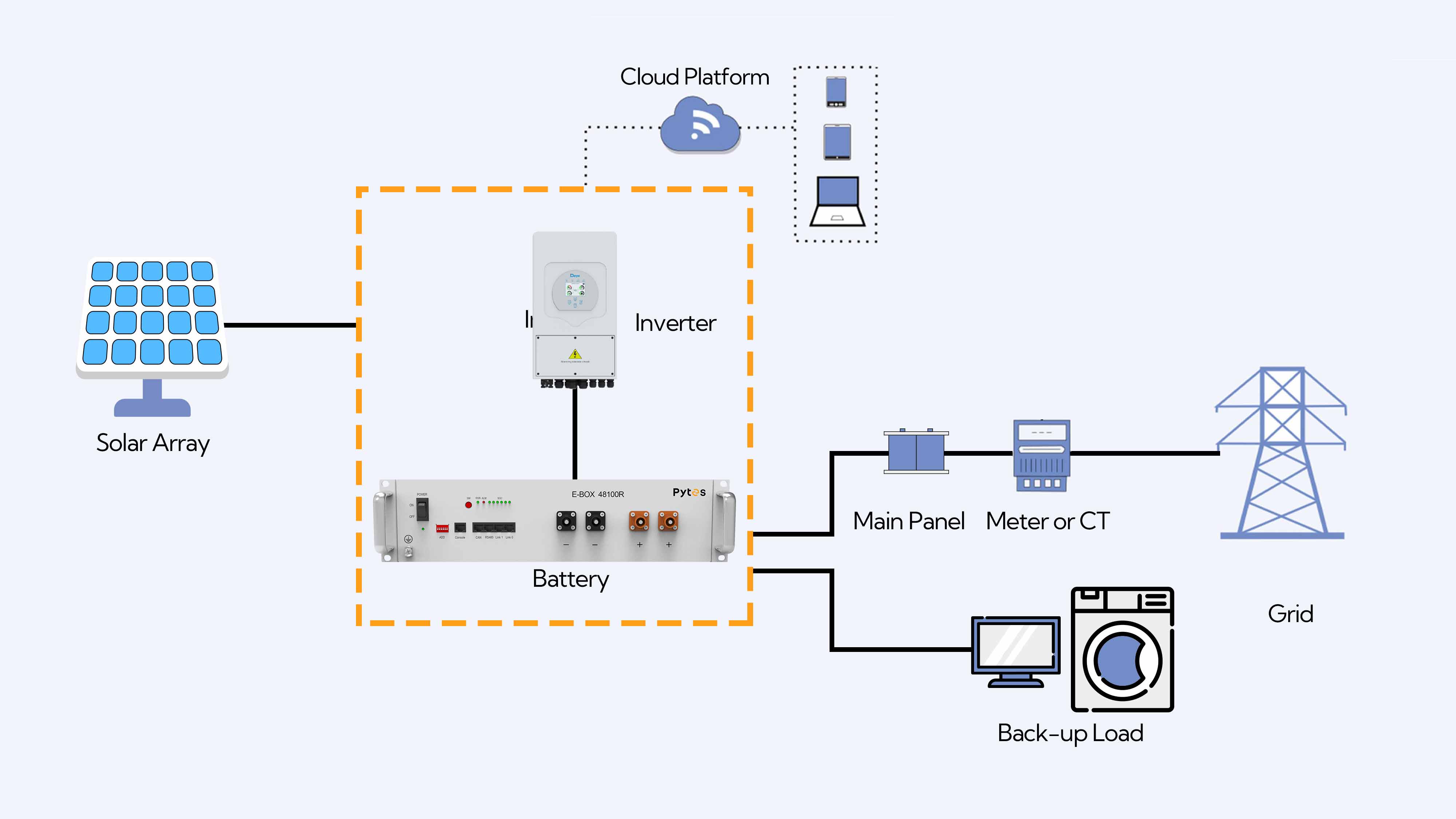
The key link in the residential energy storage system is the energy storage battery. IVG has found the energy storage battery expert Pytes Energy Co., Ltd. to provide it with energy storage batteries. This time, the batteries installed in KfW40+ houses are exactly E-BOX-48100R batteries from Pytes.
The battery pack is compact, easy to install, free of maintenance, and could be deployed to the building block of energy storage system by being assembled in parallel. E-BOX-48100R has a BMS to measure, monitor and manage solar panels and use the system in real time at all times. Moreover, this lithium ion battery storage has a long service life and high safety, and is suitable for most inverters on the market, such as Victron, SMA, and Sol-Ark. In the above projects, the batteries facilitate the perfect matching of Deye inverters to provide sufficient power for the home. After the installation of the home energy storage system, if the residents have any problems, the service engineers from Pytes will patiently and exhaustively solve them for them.
Ultimately, Pytes’ energy storage solutions helped IVG successfully realize three KfW40+ houses. Most houses are installed with 8KW/10KWh (inverter/battery), which is enough to meet the needs of most houses, and a few have installed 12KW/10KWh to meet higher power demands. And because renewable energy storage is more energy efficient, these houses not only meet the standard of KfW40+ houses, but the owners will also be subsidized by the national government and receive up to 45% of the qualified amount!
